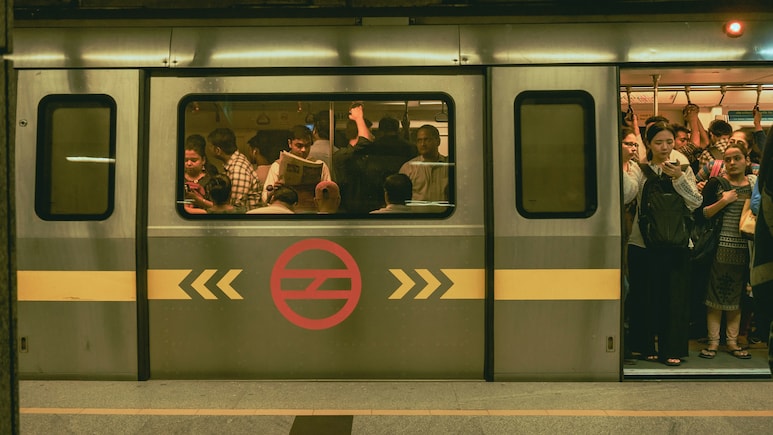
- India ranks third globally in metro rail length with over 1,000 kilometres operational
- China leads with over 10,000 kilometres of metro lines and advanced technology
- India operates metros in 23 cities, including Delhi, Mumbai, and Bengaluru
In today's fast-paced urban world, metro rail systems have become more than just a mode of transport. They are a symbol of progress, connectivity, and smart city living. Whether you are navigating the bustling streets of Tokyo, escaping traffic in New York, or gliding through Delhi's underground corridors, metros offer a reliable, efficient, and eco-friendly way to move through modern megacities. As global cities race to expand their networks, one country has quietly surged ahead - India now ranks third in the world in terms of metro rail length. With new lines opening across states and ambitious projects underway, India's metro story is one of rapid transformation.
If you are curious about how metros are reshaping urban life, and where India fits in, this is your guide.
Also Read: What Do Yellow Tiles At Metro Stations Really Mean
Why Metro Networks Are Vital For Modern Cities?
As cities grow denser and traffic congestion worsens, metro systems have emerged as essential infrastructure. They offer speed, cleanliness, affordability and accessibility, catering to students, seniors, tourists, and daily commuters alike.
To put it simply, metros are more than just transport. They form the backbone of sustainable urban living. The larger and more efficient the network, the more seamlessly a city functions.
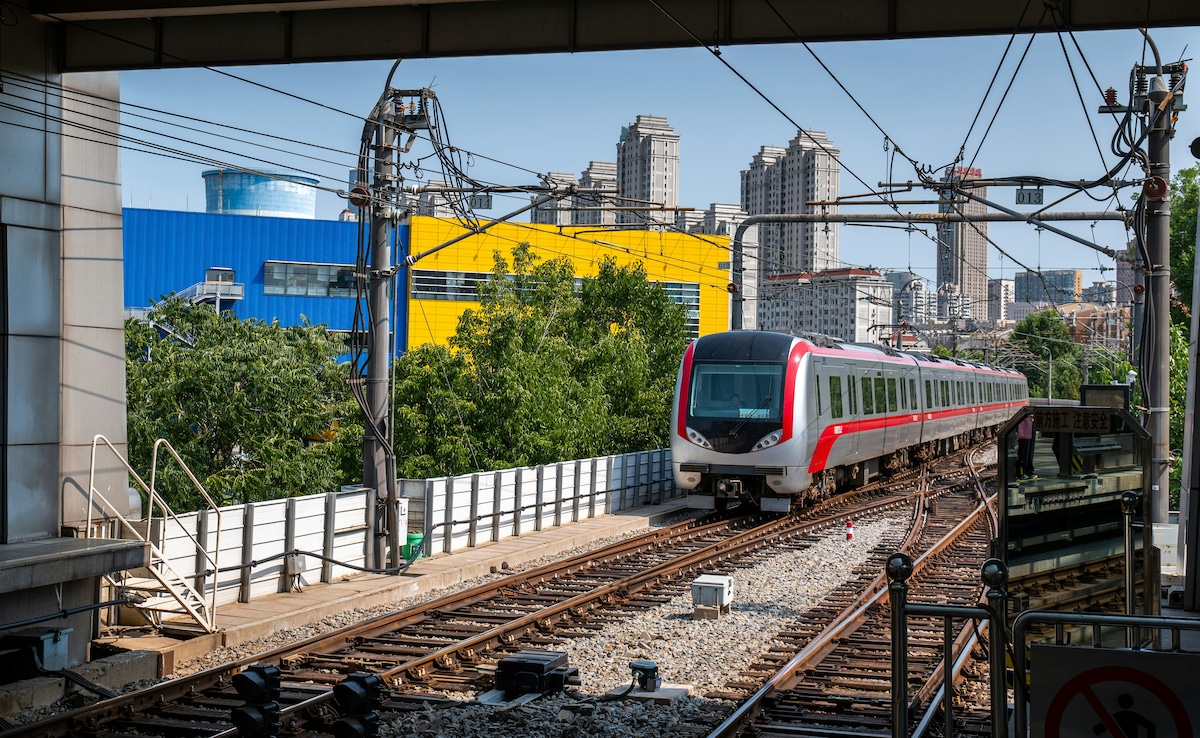
Photo Credit: Pexels
Top 5 Largest Metro Networks In The World By Length:
1. China - Over 10,000 Kilometres
China's metro infrastructure is in a league of its own. With driverless trains, AI-powered ticketing, and futuristic stations, it is setting global benchmarks. The Shanghai Metro, nearly 900 kilometres long, is the world's largest, equivalent to travelling from Delhi to Ahmedabad underground.
China continues to expand aggressively, adding new lines almost monthly. If metro development were an Olympic sport, China would be the reigning champion.
2. United States - Approximately 1,400 Kilometres
The United States may not be expanding its metro footprint as rapidly, but its systems remain iconic. The New York City Subway, operational since 1904, is a cultural and infrastructural landmark. With 472 stations, it holds the record for the highest number of stops globally.
Despite ageing infrastructure, American metros continue to serve millions daily, demonstrating their enduring relevance in urban mobility.
3. India - Over 1,000 Kilometres and Growing
India's metro journey began in 1984 with the Kolkata Metro, and today, it has surged ahead to become the third-largest metro network in the world. With 779 kilometres under construction and 1,083 kilometres in planning, India is poised to surpass the United States in the near future.
Currently operating in 23 cities, including Delhi, Mumbai, Bengaluru, and Hyderabad, India's metros are redefining urban travel. From Delhi's sleek corridors to Kolkata's underwater tunnel beneath the Hooghly River, the country's metro systems are a demonstration of rapid innovation and expansion.
Also Read: British Tourist Calls Delhi Metro 'Better' Than 'Confusing' London Underground: 'Mad To Think...'
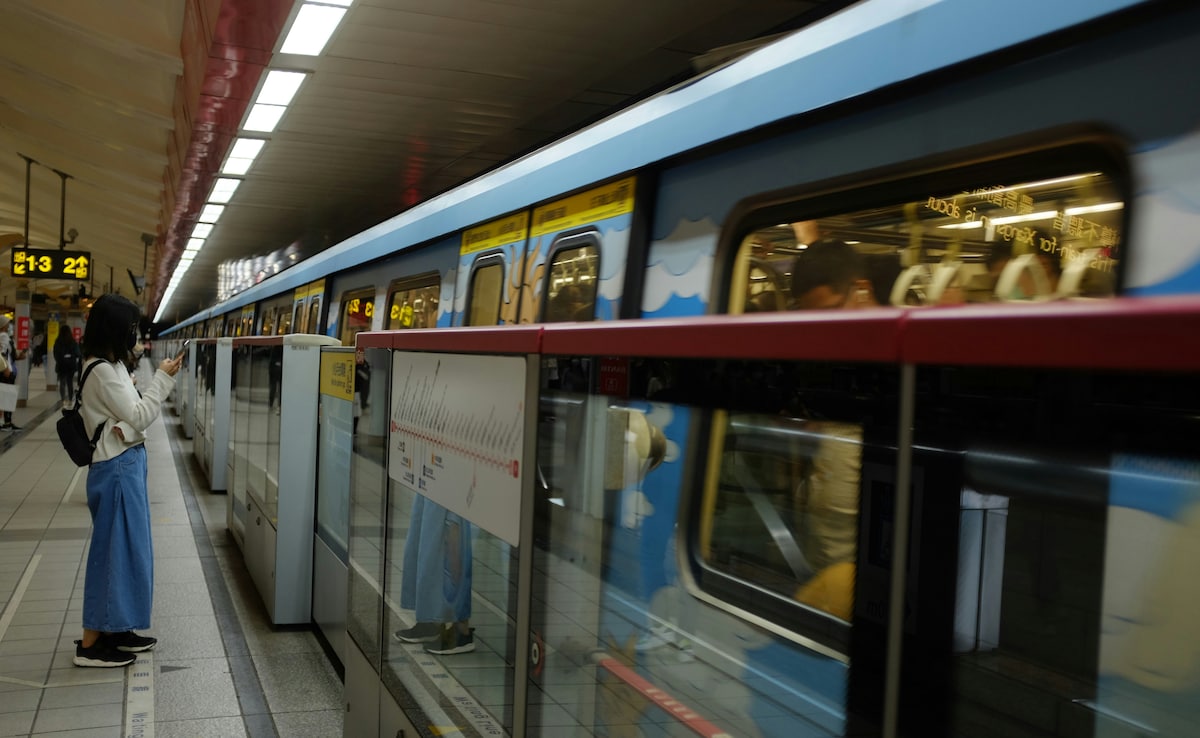
Photo Credit: Pexels
4. Japan - Around 900 Kilometres
Japan's metro systems are globally admired for their precision and efficiency. The Tokyo Metro exemplifies punctuality, with trains arriving within seconds of schedule. Clean, quiet, and technologically advanced, it serves as a model for urban transit worldwide.
Though smaller in scale, Japan's network is among the most reliable and sophisticated, seamlessly integrating with other modes of transport across its cities.
5. South Korea - Around 750 Kilometres
South Korea's metro systems combine sleek design with cutting-edge technology. The Seoul Metro, with over 800 stations, offers onboard Wi-Fi, heated seats during winter, and intuitive navigation - making it one of the most tourist-friendly networks globally.
It is not just a commute; it is a smart, comfortable, and highly efficient travel experience that reflects South Korea's commitment to innovation in public transport.
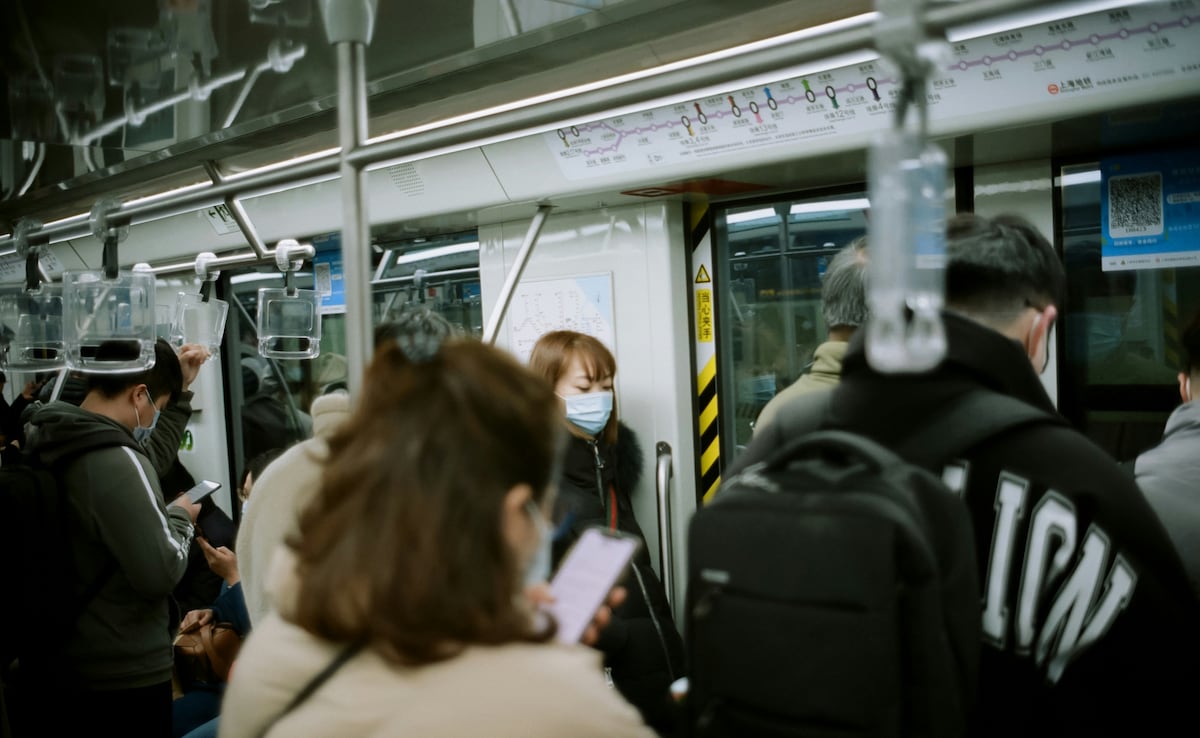
Photo Credit: Pexels
India's Metro Expansion: From Kolkata To Kashmir
India's metro story is one of ambition, innovation, and rapid growth. Today, metros operate in 23 cities, including Lucknow, Kochi, Jaipur, Hyderabad, Pune, and Ahmedabad. The Delhi Metro alone serves 7 million passengers daily.
History at a glance:
1984: Kolkata Metro becomes India's first.
2002: Delhi Metro launches, setting new benchmarks.
2025: India crosses 1,000 km of operational metro lines.
Also Read: German Vlogger Praises India's Metro System, Says It's Better Than Western Europe's
Key Factors Driving India's Metro Growth:
- Policy Support: The Metro Rail Policy 2017 streamlined approvals and encouraged public-private partnerships.
- Financial Backing: Rs 34,807 crores allocated in Union Budget 2025-26 for metro projects.
- Technological Advancements: QR code-based ticketing, smart cards, and driverless trains are becoming standard.
What To Expect From India's Metro Map?
India's metro future is ambitious and promising. By 2030, it is projected to cross 2,000 kilometres of operational lines, potentially becoming the second-largest metro network globally.
Key highlights:
- Underwater Metro: Kolkata's Hooghly River tunnel is operational.
- Regional Rapid Transit: Delhi-Ghaziabad-Meerut RRTS is live.
- Driverless Trains: Already running in Delhi and Mumbai.
- Green Stations: Incorporating solar panels, rainwater harvesting, and sustainable architecture.
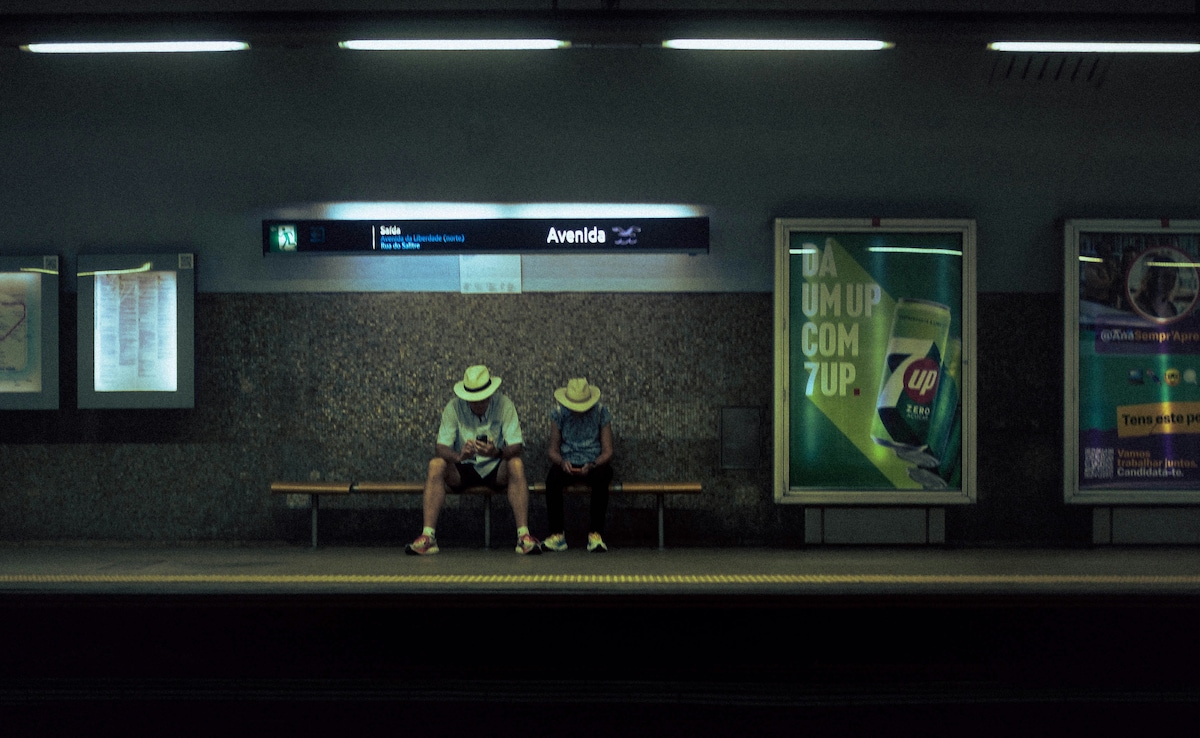
Photo Credit: Pexels
How Metro Travel Supports Global Tourism?
1. Cost-Effective Travel For Budget-Conscious Tourists
Metros offer travellers one of the most affordable ways to navigate cities. A single ride often costs less than a cup of coffee while connecting airports, museums, markets, and entertainment hubs. Cities such as Delhi, Seoul, Tokyo, and Paris allow visitors to see multiple attractions in a day without spending excessively on transport.
2. Avoiding City Traffic With Speed And Efficiency
Metros help tourists avoid traffic delays. In megacities like Tokyo, London, and Shanghai, metro lines connect popular landmarks, business districts, and cultural zones within minutes. For instance, in Tokyo, a traveller can reach Asakusa from Shibuya in under 30 minutes.
3. Safe, Clean, And Reliable
Metros prioritise safety and hygiene, which reassures international visitors. Networks in Seoul, Tokyo, and Delhi are well-maintained, brightly lit, and monitored 24/7 through CCTV surveillance.
4. Easy Navigation Through Smart, Tourist-Friendly Design
Language barriers and complex directions can make public transport intimidating. Most metro systems now include multilingual signage, digital route maps, and mobile apps with live updates, making travel simpler and more accessible.
5. Experiencing A City At Every Stop
Metros offer travellers an authentic connection to urban life. Whether stepping off at London's Westminster, wandering through Delhi's Chandni Chowk, or observing Tokyo's Shibuya Crossing, every journey provides a snapshot of the city beyond guidebooks.
Metro networks are changing how cities operate. From single lines to sprawling global systems, metros are essential for sustainable transport, efficient commuting, and smart urban planning. So, the next time you travel by metro, take a moment to notice the scale, precision, and innovation behind each journey. You are part of one of the most influential forms of modern urban transport, shaping the future of city travel.
Track Latest News Live on NDTV.com and get news updates from India and around the world

